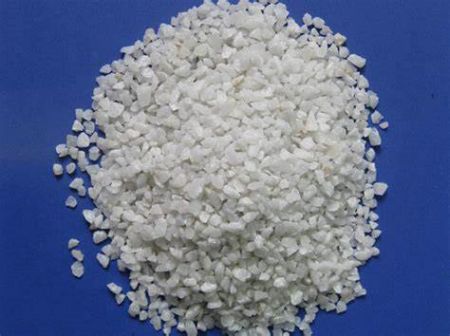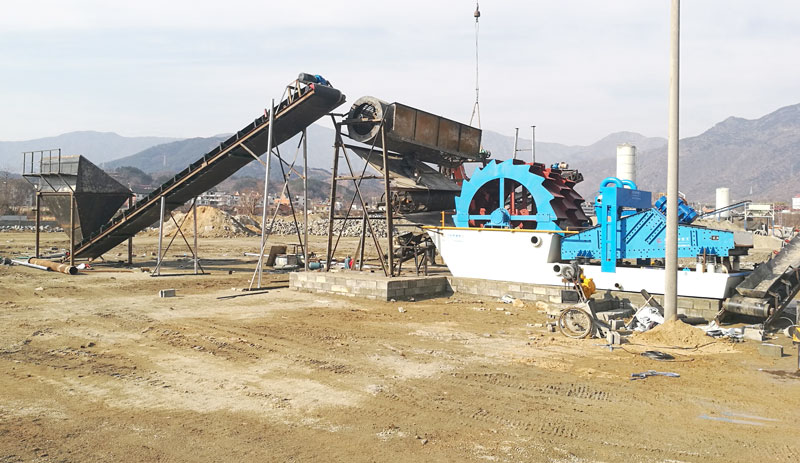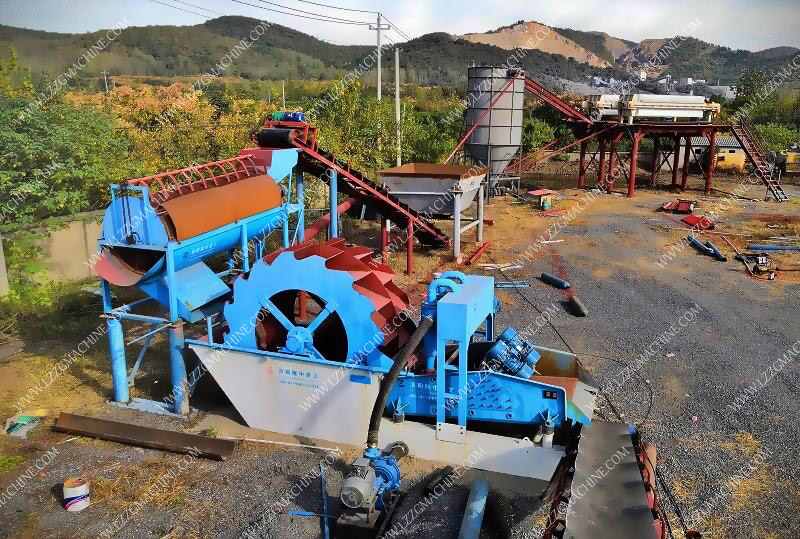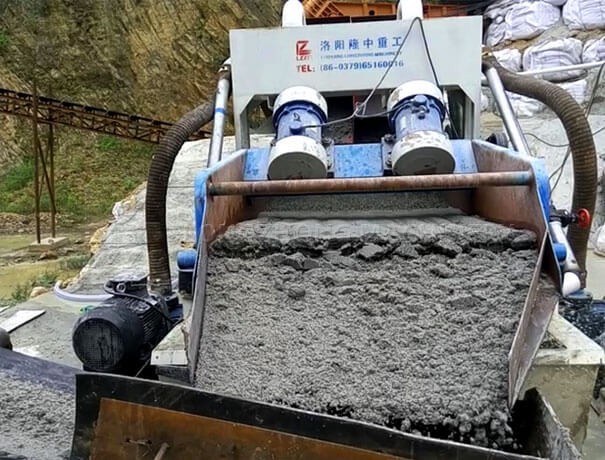The range of moisture content of manufactured sand
 September.17,2022
September.17,2022
The water content specification of machine-made sand stipulates: “The moisture content of the saturated surface of machine-made sand should not exceed 6%”.
The “Quality Evaluation Standard” stipulates that “the frequency of the dry moisture content of the saturated surface of the sand ≤ 6%”, when it is not less than 70%, the mixing quality is evaluated as “qualified”, and when it is not less than 90%, the mixing quality is evaluated as “excellent”.
Concrete artificial aggregate is generally produced by wet method, that is, during the production process of machine-made sand, a large amount of water is used to wash the aggregate. The finished sand just produced has a moisture content of about 12% to 15%, and excess free water needs to be removed. The new specification greatly increases the content of stone powder and fine particles, resulting in a huge change in the difficulty of dehydration of fine aggregates.
Method to control the moisture content of artificial sand
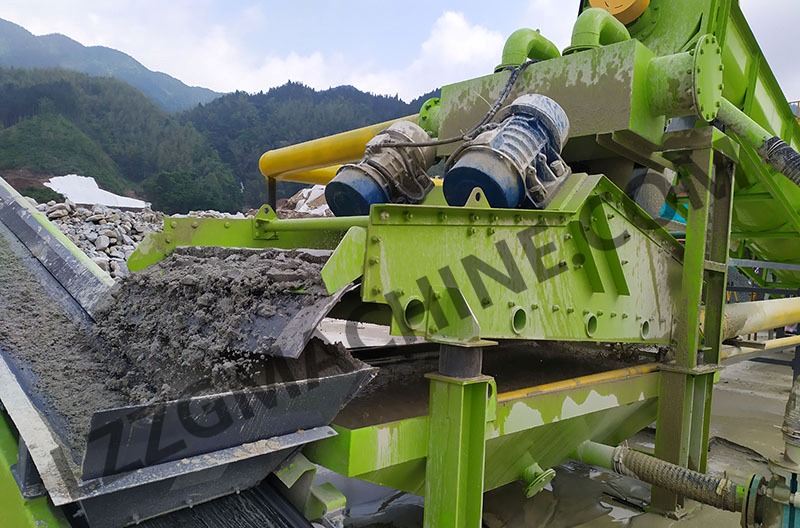
Natural dehydration
Artificial sand is naturally dehydrated. At present, the natural dehydration method and process used in domestic hydropower projects are artificial sand blanking, stockpiling dewatering and artificial sand reclaiming separately. Generally, the water content can be reduced to less than 6% after stockpiling and dewatering for 3 to 5 days. and stable. It is different depending on the content of artificial sand and gravel powder and the initial moisture content. Generally, the content of stone powder is in the range of 10% to 17%. When the initial moisture content of sand is 15% to 17%, the dehydration speed is fast in the initial period of about 48 hours, which can generally The moisture content is reduced to 8% to 10%. When the moisture content is reduced to 8% to 10%, the dehydration speed is obviously slowed down to about 6%, which generally takes 3 to 5 days. According to the daily production of 15,000 tons of finished sand and the daily volume of 1 to 15,000 tons of sand, the finished sand silo is 50,000 m2, and the natural dehydration time is about 5d.
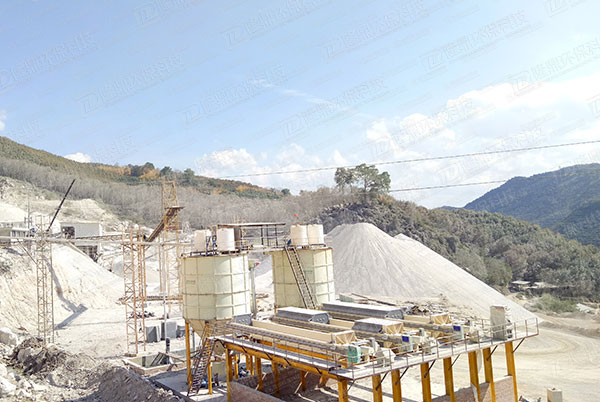
Mechanical dehydration
At present, the methods and processes used for artificial sand dehydration in domestic hydropower projects mainly include screening dehydration, vacuum dehydration, centrifugal dehydration, etc. Among them, vacuum dehydration and centrifugal dehydration have good dehydration effects, but the processing capacity is low and the investment is high; Using vibrating screen for dehydration, the dehydration processing capacity is high, but the dehydration effect is poor. Due to the high production capacity of artificial sand and the installation of dewatering screen after the production and processing system has been put into operation, due to the site layout and other reasons, finally, a linear vibrating screen was selected for dewatering, and a linear vibrating screen was installed. It is reduced from about 25% in the initial stage to about 15%.


